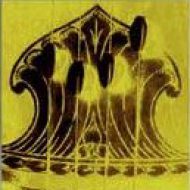Learn more >>
Category archives: Resources
Slideshow | Tribute to Dr. Pia Srinivasan – Karaikudivoyage
https://youtu.be/YdOyS5kObjY Printfriendly PDF >>
Pallavi | A musical tribute to Dr Pia & Prof SA Srinivasan – Sannidi Academy of Music and Arts
Pallavi Srīnivāsa Pia Priyāya NamasteSangīta Sāhitya RasikaCatusra Jāti Triputa TālaHamsānandi Rāga This concise vocal composition (pallavi) by Vidvan TR Sundaresan pays tribute (namaste) two outstanding personalities in this field:Dr. Pia Srinivasan & Prof. SA Srinivasan whose affection (priya) and discerning patronage (rasika) of the language of music (sangīta sāhitya) could hardly be expressed better than …
